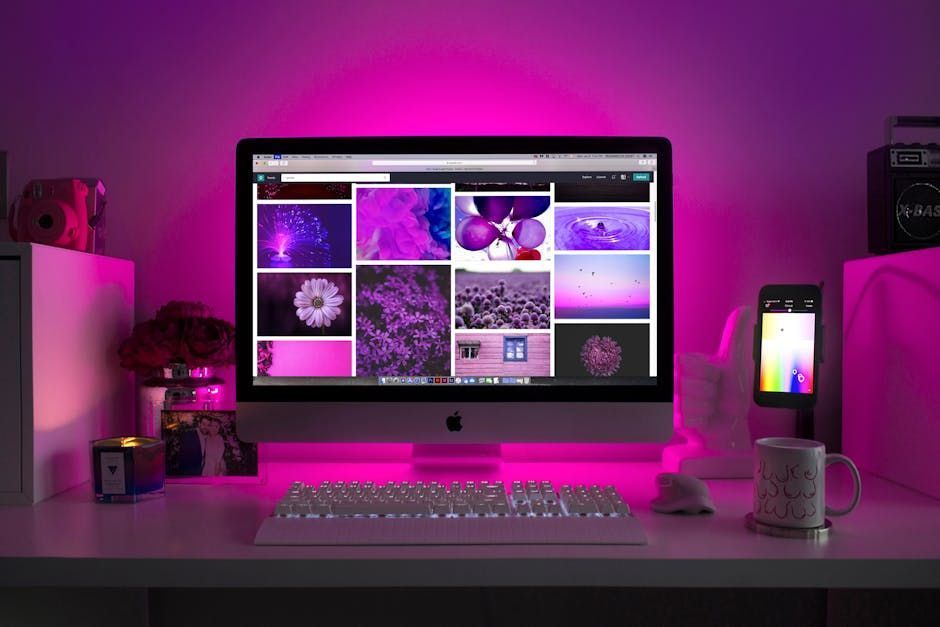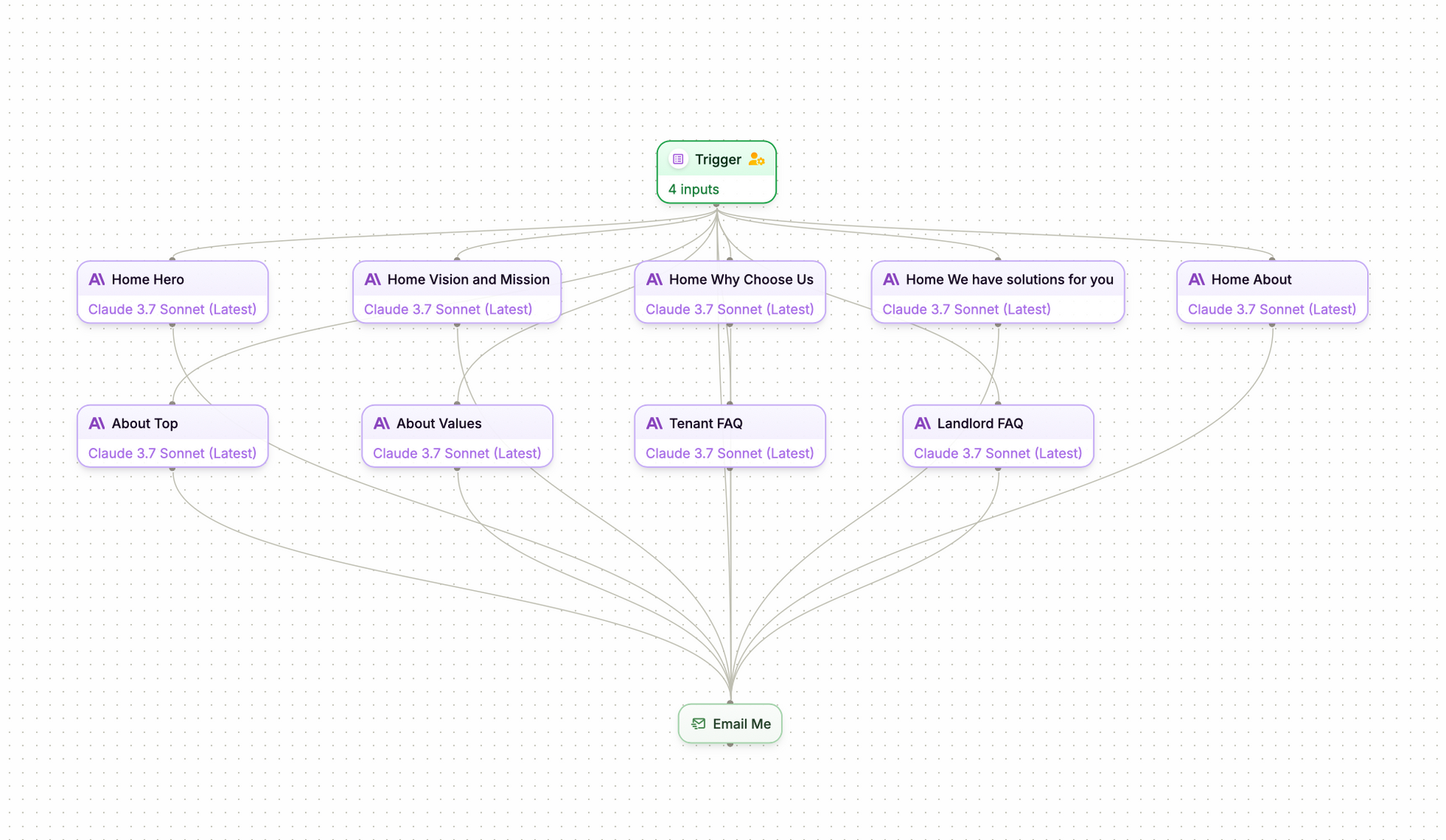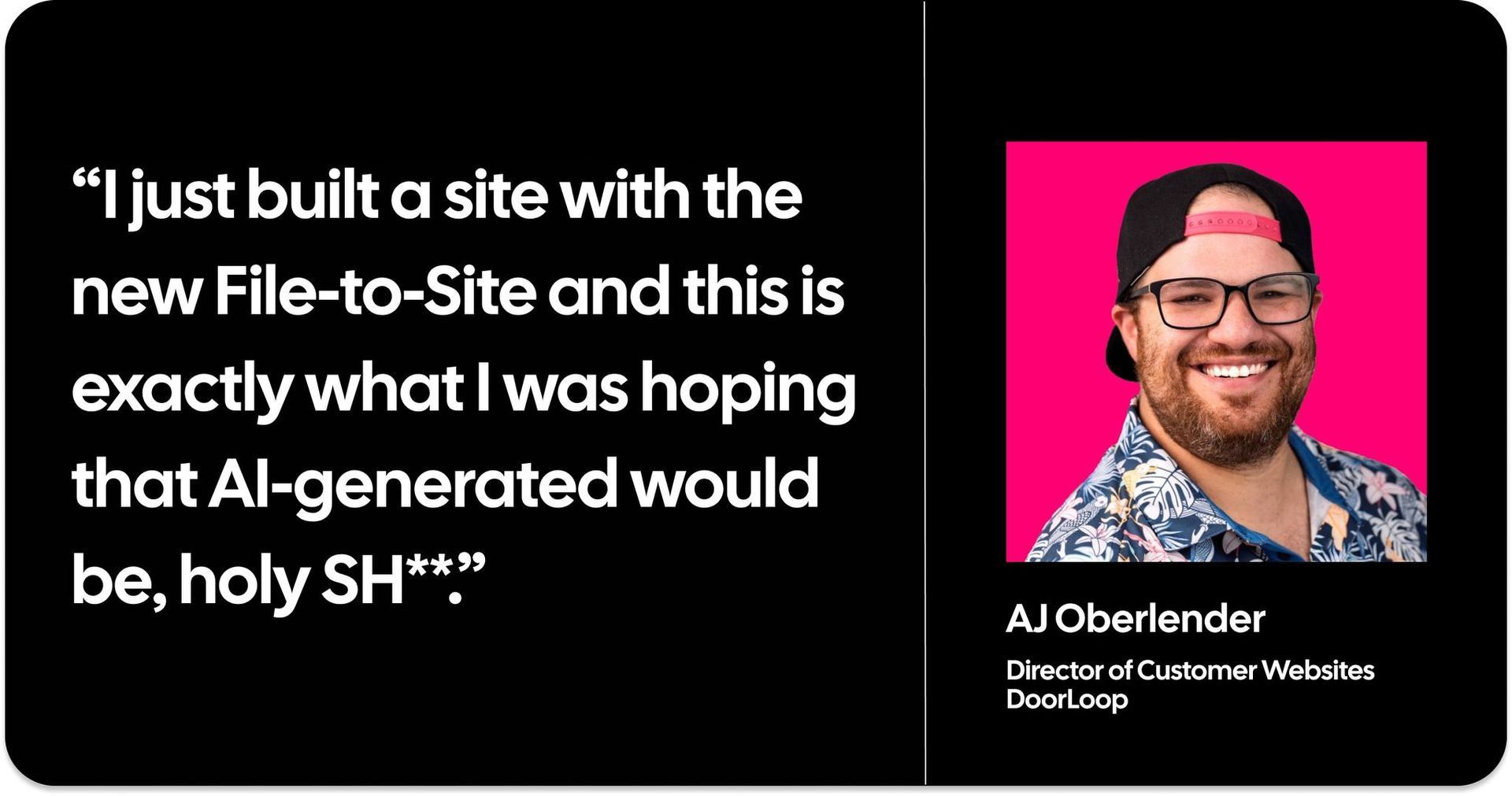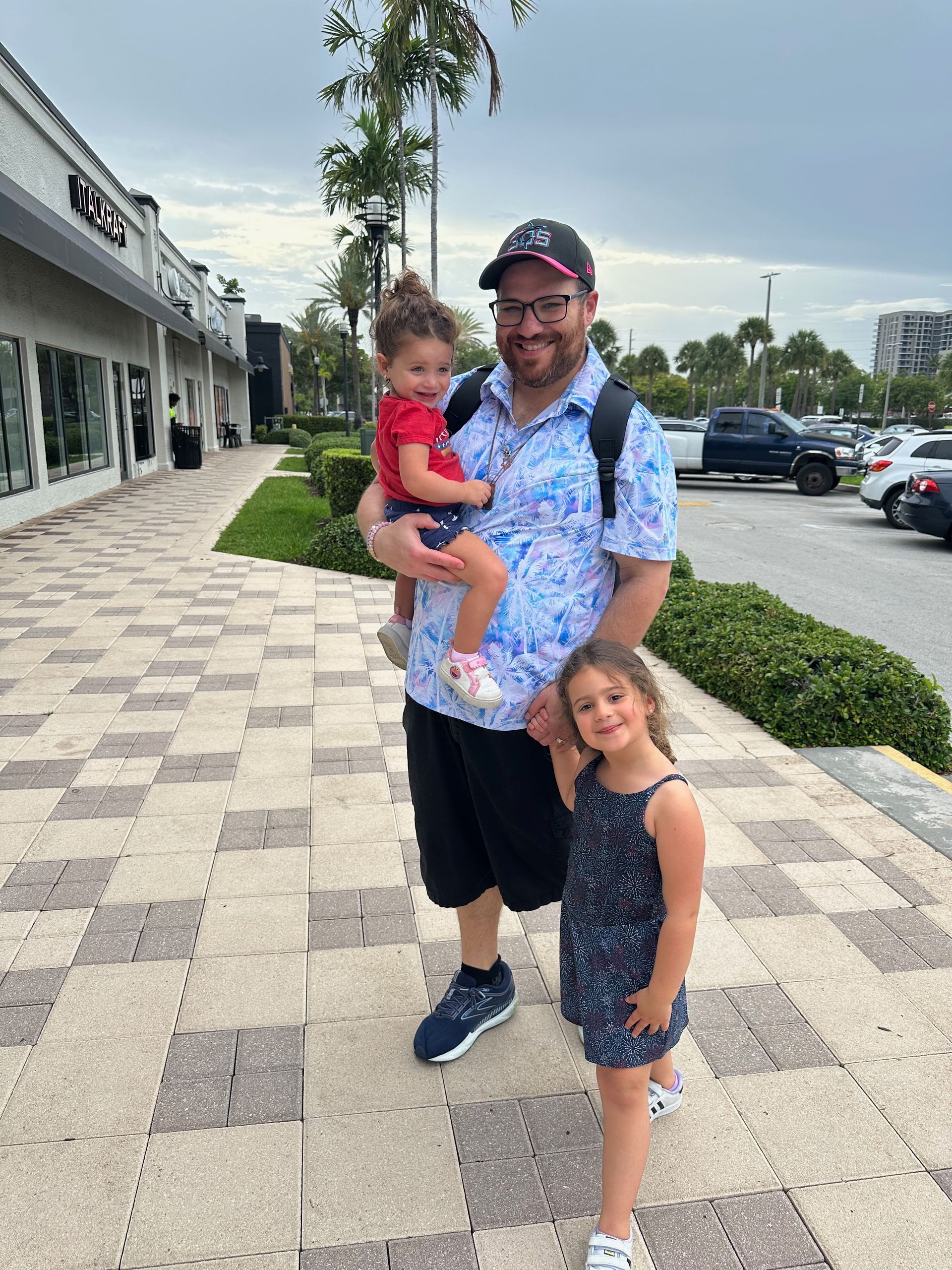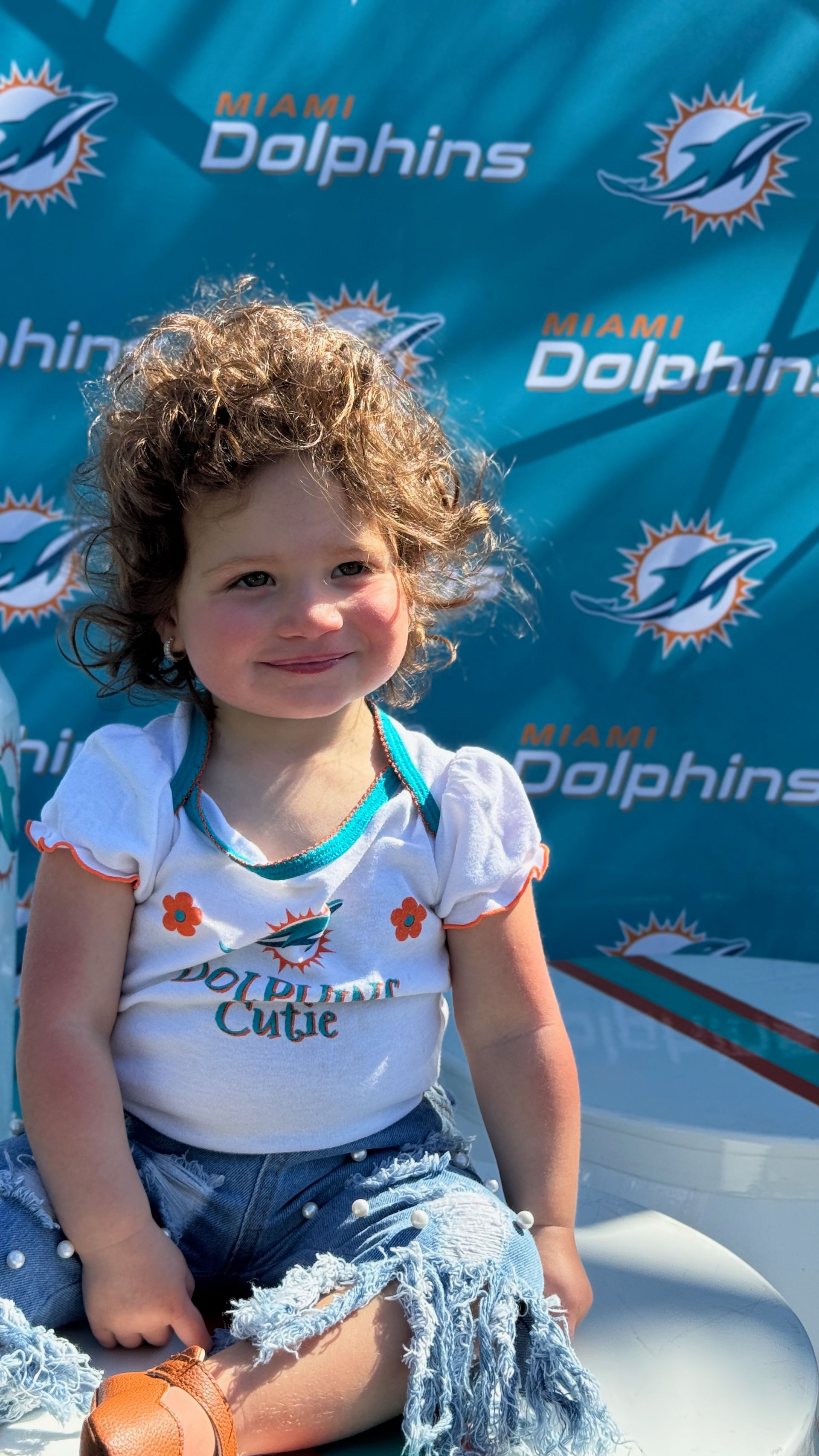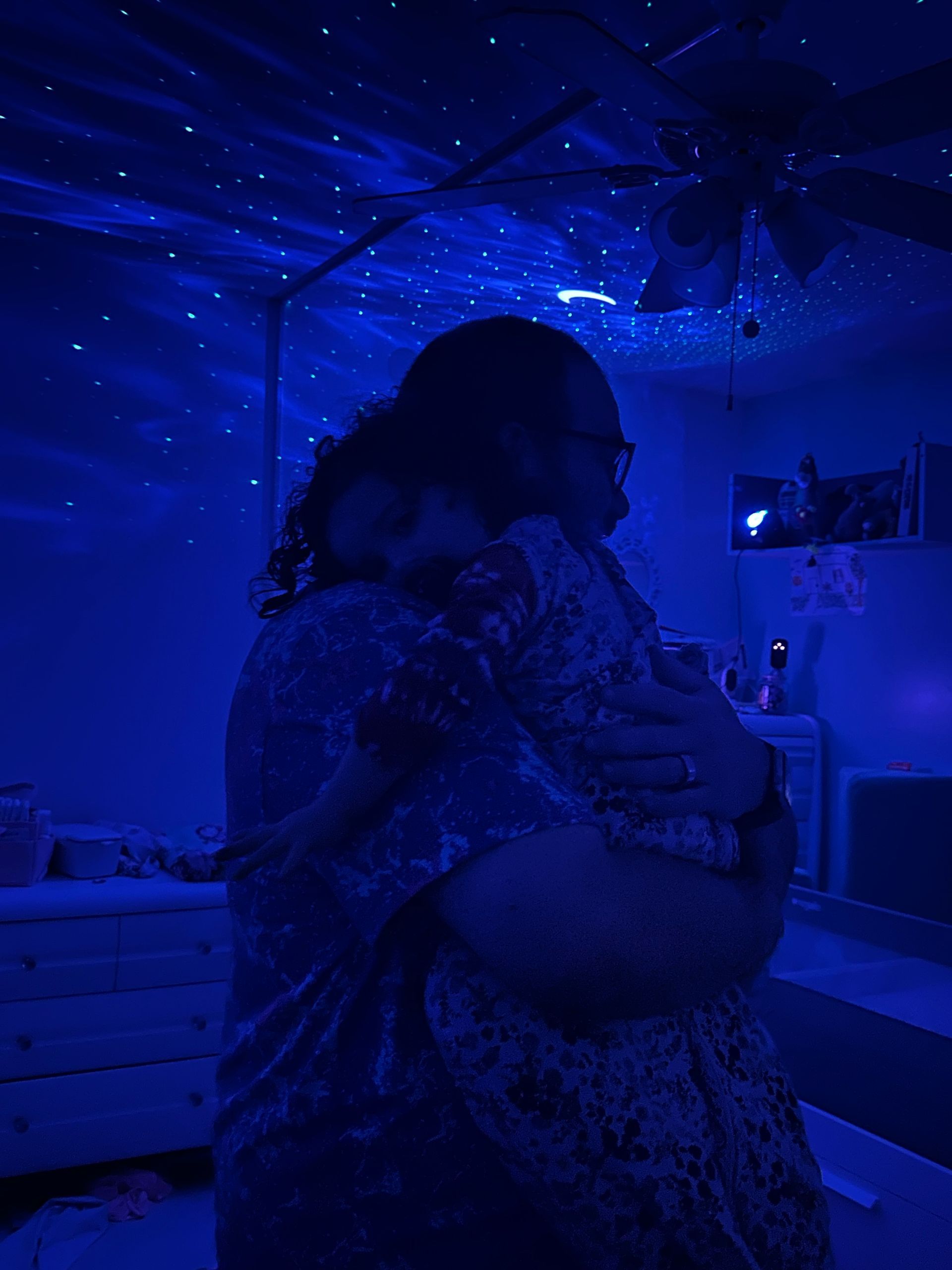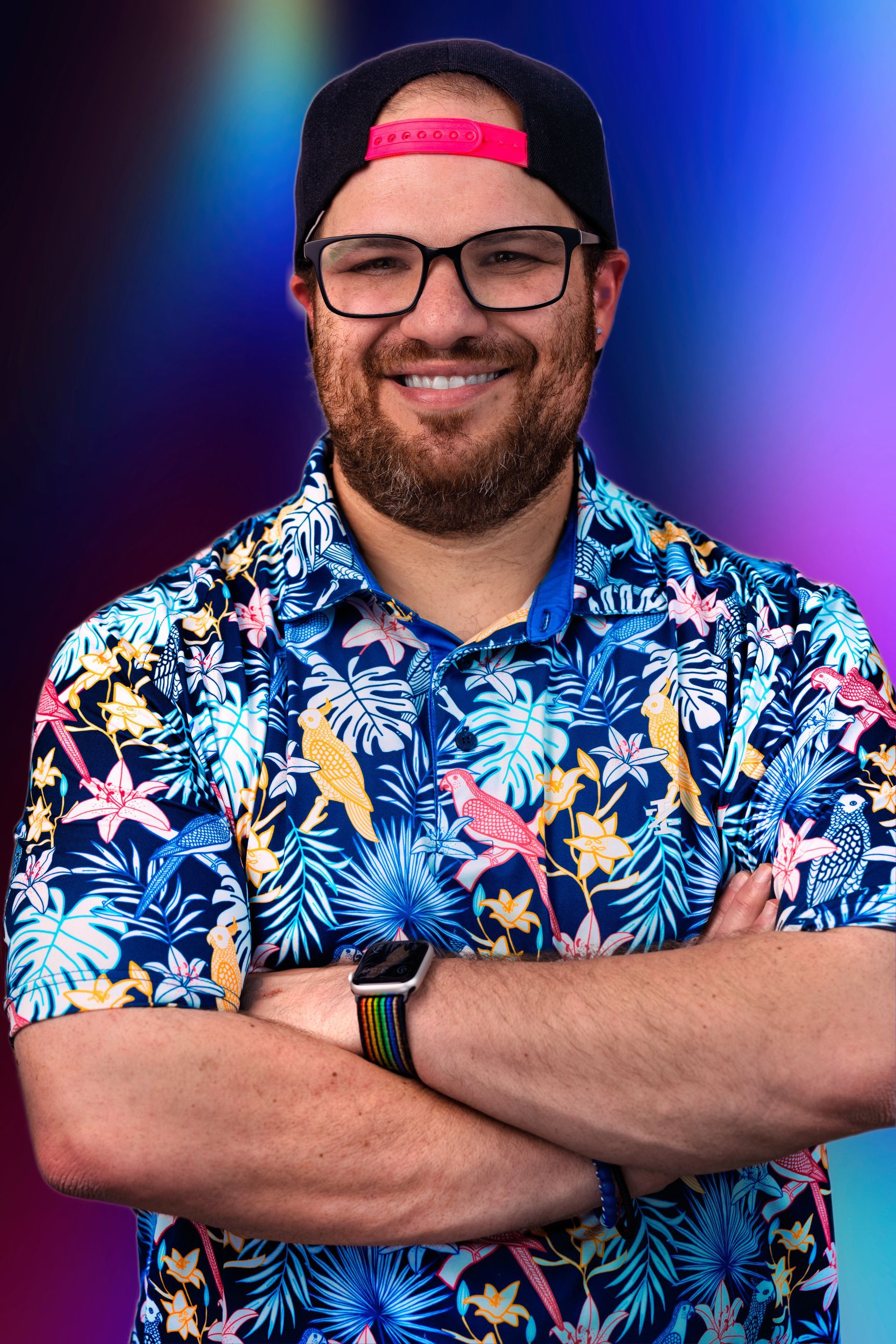
Nostalgia Branding: Why Yesterday’s Vibes Are Today’s Marketing Gold
Nostalgia branding isn’t just about looking back—it’s about making people feel something.
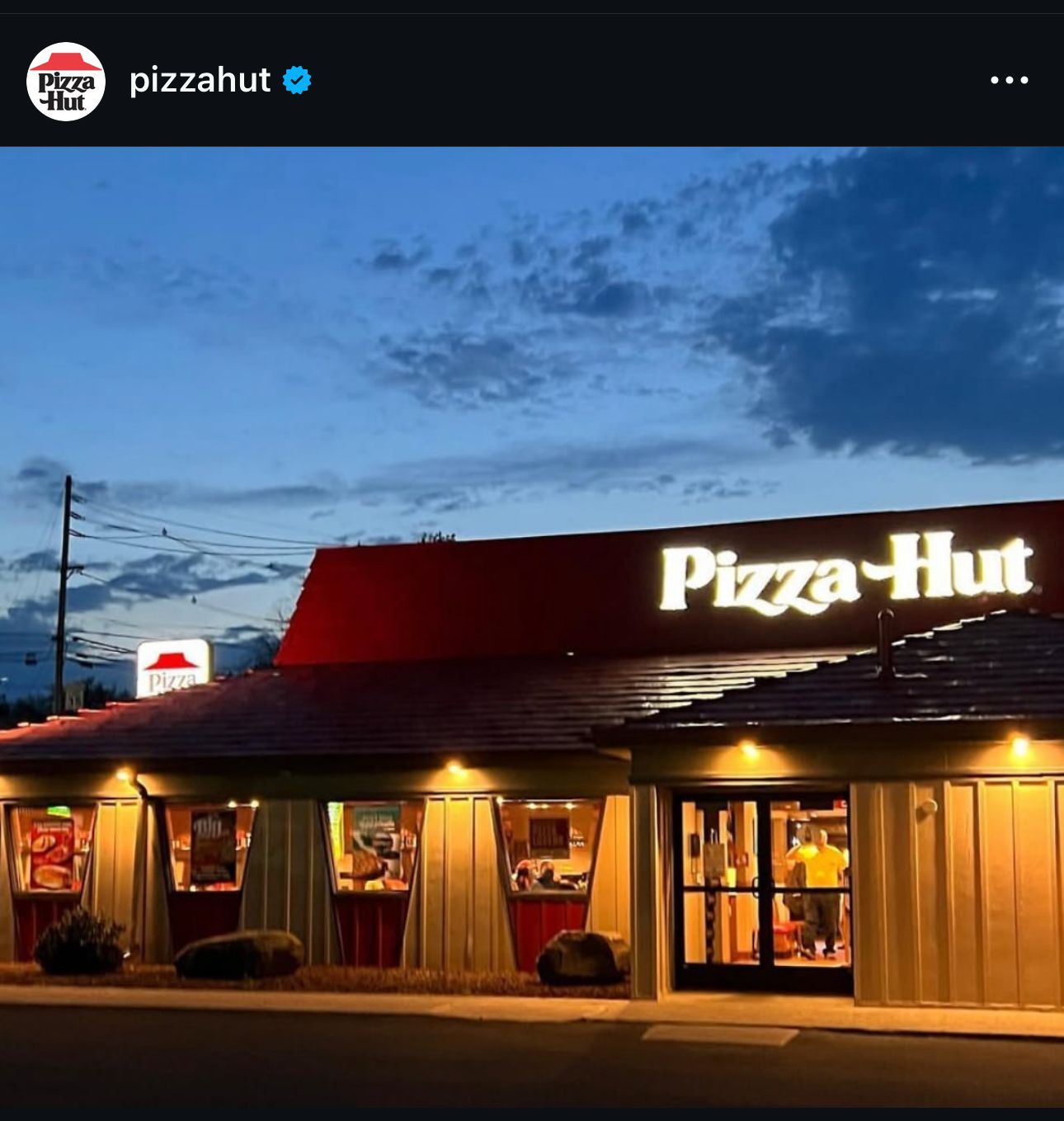
You know that feeling when you hear the Windows XP startup sound or see the old Pizza Hut logo and, for a second, you’re transported back to simpler times? That’s nostalgia kicking in, and in the world of branding, it’s a goldmine.
If my last post got you thinking about Fresca and Manischewitz’s rebrands, buckle up—because nostalgia branding is more than just a marketing trick. It’s an emotional play that taps into something primal: our deep, almost subconscious longing for the past. And smart brands? They’re cashing in on it in a big way.
Nostalgia: The Marketing Superpower You Didn’t Know You Needed
Nostalgia isn’t just a warm, fuzzy feeling—it’s science. Psychologists have found that nostalgia activates parts of the brain associated with comfort and belonging. It’s a coping mechanism. Studies show that nostalgia makes people feel more connected, optimistic, and even willing to spend more money (because what’s a little retail therapy when you’re chasing childhood memories?).
Brands have caught on. In a world where consumers are drowning in endless choices, the ones that make us feel something stand out. That’s where nostalgia branding comes in.
It works because:
- It creates emotional security: In uncertain times, we gravitate toward things that feel familiar. That’s why legacy brands often lean into their heritage during economic downturns or cultural shifts.
- It builds instant trust. If you already associate a brand with good memories, you don’t have to be convinced to like it. You already do.
- It creates an emotional connection. People don’t just buy products; they buy feelings. Nostalgia lets brands sell experiences wrapped in sentimentality.
- It cuts through the noise. In an era of endless digital distractions, a familiar visual or sound can grab attention faster than any algorithm ever could.
- It Strengthens Brand Loyalty: When a brand reminds you of “the good old days,” you’re more likely to trust it. That’s why Pepsi brought back its ‘90s logo and why Nintendo keeps re-releasing classic games.
The Best Nostalgia Rebrands: The Old Made New Again
Fresca and Manischewitz nailed their rebrands because they leaned into nostalgia without getting stuck in the past. But they’re not alone—some of the best brand refreshes in recent years have mastered this delicate balance.

Burger King: A Retro Comeback
In 2021, Burger King ditched its glossy, overly modern logo and brought back a version that looked straight out of the ‘70s. The new logo? A cleaner, more vibrant take on the old-school bun and lettering. It screams “flame-grilled goodness” and makes you feel like a kid in the backseat of your parents’ car, unwrapping a Whopper with both hands.
Why it works:
- The throwback look reminds longtime fans of when BK was at its peak.
- The modern tweaks keep it fresh, not outdated.
- The new typography and colors feel warmer, friendlier, and—most importantly—authentic.
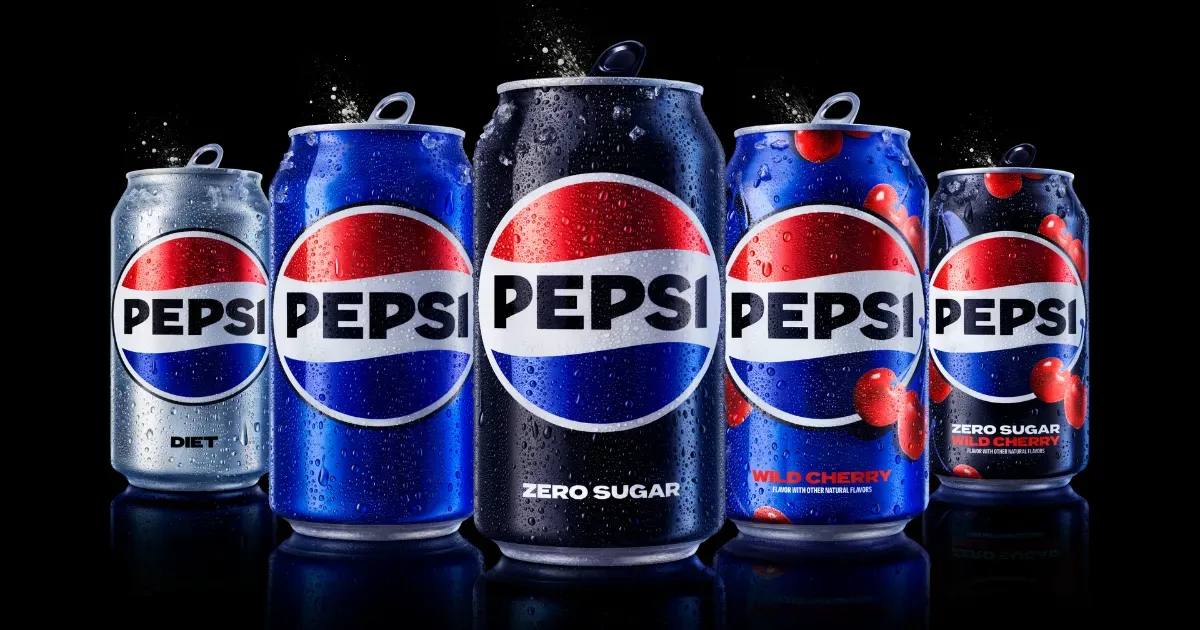
Pepsi: Turning Back Time
Pepsi’s recent rebrand brought back its 1980s-90s era bold, simple logo, proving once again that sometimes, the future looks a lot like the past. The sleek, high-contrast design feels nostalgic and forward-thinking—because no one really loved that weird lowercase logo they’d been using since the late ‘00s.
Why it works:
- It taps into the golden era of Pepsi dominance (aka, Michael Jackson commercials and soda-fueled pop culture).
- The black contrast in the logo subtly aligns with their push into energy drinks and sugar-free options.
- It makes Gen X and millennials feel something—and Gen Z, ironically, loves a good retro aesthetic.
The Art of Doing Nostalgia Right
Nostalgia branding isn’t just about slapping an old logo on a can and calling it a day. It has to be done with intention. Here’s how brands can do it right:
1. Choose the Right Era to Tap Into
Not all nostalgia is created equal. The key is understanding which generation you’re targeting—because what feels nostalgic to a millennial might mean absolutely nothing to a baby boomer.
Gen Z (born 1997–2012)
- Nostalgia triggers: Y2K aesthetics, flip phones, MySpace-era web design, early YouTube, Juicy Couture, and anything Paris Hilton & Nicole Richie-related.
- How to use it: Bold, slightly chaotic designs, chunky fonts, and digital throwbacks. Basically, if it looks like it belongs on an old-school GeoCities website, they’re into it.
Millennials (born 1981–1996)
- Nostalgia triggers: The golden age of Nickelodeon, AIM, Tamagotchis, Lisa Frank, Blockbuster nights, and the sound of a dial-up modem struggling to connect.
- How to use it: Pastel colors, VHS-style filters, and a mix of late-90s/early-2000s pop culture references. “Only 90s kids will remember…” still works like a charm.
Gen X (born 1965–1980)
- Nostalgia triggers: Walkmans, MTV when it actually played music, arcade culture, neon lights, and Trapper Keepers.
- How to use it: Bright, retro-futuristic elements with a touch of rebellion. If it looks like it could be on a 1980s video game console, it’ll hit home.
Baby Boomers (born 1946–1964)
- Nostalgia triggers: Classic cars, jukeboxes, drive-in movies, The Beatles, and the golden age of advertising (think vintage Coca-Cola and early McDonald’s).
- How to use it: Clean, simple designs with a mid-century modern touch. Nostalgic branding for boomers is less about chaos and more about timeless elegance. If it looks like it belongs in a Mad Men ad, it’ll resonate.
The Silent Generation (born 1928–1945)
- Nostalgia triggers: Radio dramas, department store Christmas windows, milkmen, post-war optimism, and the rise of TV as a new medium.
- How to use it: Classic serif fonts, sepia tones, and an emphasis on craftsmanship and “the way things used to be.” This generation values trust and tradition above all, so throwback branding should lean into heritage and authenticity.
Now we’ve got every generation covered—from TikTok-loving Gen Z to the folks who still remember when getting a TV was a big deal.
If you’re branding for an older audience, the key is subtlety—they don’t necessarily want to feel “old.” Instead of making nostalgia the whole identity, brands can highlight longevity, craftsmanship, and legacy.
For younger audiences? The louder, the better. They love ironic, in-your-face nostalgia, whether it’s Y2K bling or 80s synthwave aesthetics.
And if a brand wants to hit that sweet spot across multiple generations? Blend elements from different eras. (Looking at you, Pepsi.)
2. Blend Old and New
The best nostalgia-driven branding isn’t a carbon copy of the past—it’s a remix. Take elements that people remember fondly and modernize them.
- Keep the essence of what made the old brand memorable.
- Update fonts, colors, and layouts to feel fresh and relevant.
- Make sure it aligns with today’s audience expectations (hello, digital-first design).
3. Use the Right Touchpoints
Where you showcase nostalgia matters. If you’re targeting millennials and Gen Z, Instagram and TikTok are your best friends. If your audience is more traditional, TV ads or in-store displays might work better.
- Retro-inspired packaging grabs attention in the grocery aisle.
- Nostalgic ads featuring throwback jingles hit home on YouTube and streaming services.
- Social media campaigns using old-school references (think: “Only 90s kids will remember…”) drive engagement.
The Nostalgia Blueprint: Creating a Universe, Not Just a Brand
One-off nostalgia plays—like slapping an old-school logo on a can—can be effective, but the real magic happens when a brand builds an entire world around nostalgia. The goal isn’t just to make people remember—it’s to make them feel like they’ve stepped into a time machine.
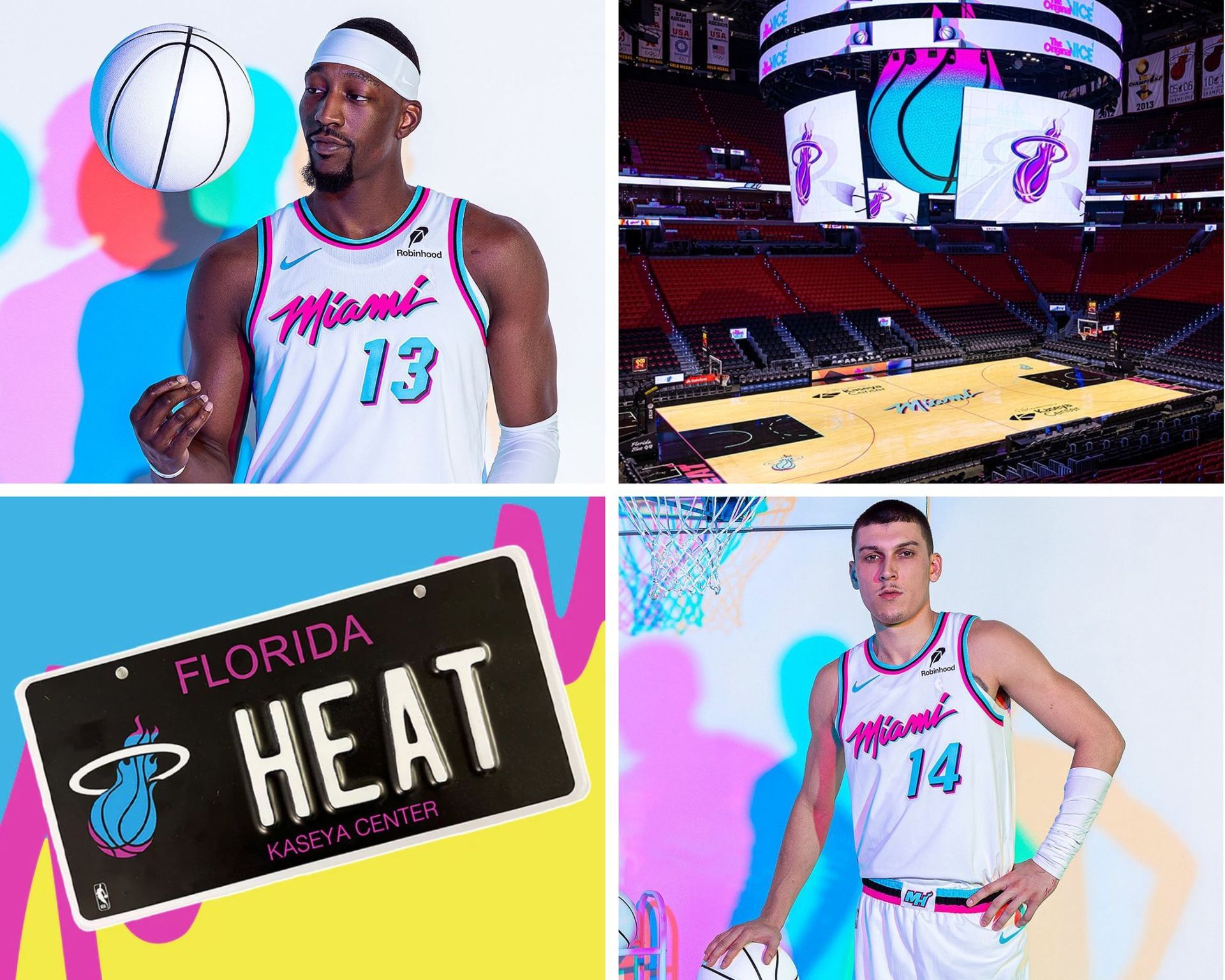
Case Study: The Miami Heat’s Vice Campaign—A Nostalgia Masterclass
A stellar example of immersive nostalgia branding? The Miami Heat’s Vice campaign.
Back in 2018, the Heat introduced their “Vice” uniforms, drawing inspiration from Miami Vice, the iconic 1980s TV show that cemented the city’s neon-soaked, Art Deco aesthetic in pop culture. Instead of simply rolling out a new jersey design and calling it a day, they went all in—turning this into a fully immersive experience.
✅ The Look: The Vice jerseys featured neon pink, electric blue, and a retro-inspired typeface that screamed 80s South Beach. The design was a nostalgic nod to Miami’s nightlife and pop culture history.
✅ The Court: The team didn’t just stop at uniforms. They redesigned their entire court to match the Vice theme, swapping out the traditional red-and-black for neon colors that made it feel like a scene straight out of a synthwave music video.
✅ The Merch: The Vice aesthetic extended to every piece of Heat gear imaginable—hats, hoodies, even car decals. The branding was so strong, people who weren’t even Heat fans wanted in on the look.
✅ The Social & Digital Experience: The Heat revamped their entire social media branding to align with the Vice theme, posting vintage-styled promotional content that felt like it came straight from an old VHS tape.
✅ The Result: The Vice jerseys became the best-selling City Edition uniforms in NBA history, racking up over $25 million in sales. More importantly, they transformed the Miami Heat’s branding—suddenly, they weren’t just a basketball team; they were a cultural phenomenon.
The Power of a Nostalgic Universe
What made the Vice campaign so successful?
They didn’t just lean on nostalgia as a gimmick—they created a fully immersive world that blended the best of the past with the energy of the present. It wasn’t just a jersey drop; it was a movement.
This is what the best nostalgia-driven brands get right. They go beyond referencing an era and instead recreate its essence in a way that feels fresh, exciting, and emotionally resonant.
Bringing It All Together: How to Craft a Nostalgic Universe
If you’re thinking about incorporating nostalgia into your brand, take notes from the Heat and other nostalgia powerhouses:
💡 Go beyond visuals – Don’t just update a logo or color scheme. Consider the entire experience: the language, the sounds, the textures, and the emotions tied to the era you’re tapping into.
💡 Immerse your audience – Use nostalgia to create a world, not just a campaign. Whether it’s packaging, digital branding, or even in-person experiences, consistency is key.
💡 Balance the past and present – The best nostalgia branding doesn’t feel outdated—it feels like a remixed classic. Keep the heart of what made something iconic while evolving it for today’s audience.
💡 Make it feel authentic – Consumers can tell when nostalgia is forced. The best nostalgic brands are the ones that respect their roots while making people genuinely excited about the future.
The Future Is… The Past?
If the Miami Heat’s Vice campaign, Pepsi’s throwback logo, and Burger King’s rebrand tell us anything, it’s that nostalgia isn’t just about looking back—it’s about creating something timeless.
In an era of uncertainty, brands that tap into nostalgia can offer something rare: comfort, trust, and a connection to something bigger than the present moment.
But here’s the trick—it only works if it feels real. Slapping a vintage design on a product nobody cares about won’t save a struggling brand. The magic happens when nostalgia is woven into a brand’s DNA in a way that feels fresh and relevant.
Looking ahead, expect to see:
🚀 AI-driven nostalgia, where brands use consumer data to deliver hyper-personalized throwback experiences.
🎶 More multisensory nostalgia, with brands leaning into sounds, scents, and textures to trigger emotional memories.
🕶️ Retro-futurism, blending old-school aesthetics with cutting-edge technology (think Polaroid cameras re-emerging in the Instagram era).
At the end of the day, nostalgia branding works because it isn’t just about selling a product—it’s about selling a feeling. And if brands can make people feel something? That’s when the magic happens.
So, what’s your favorite nostalgia-driven rebrand or product comeback? Let me know—I’ll be over here playing Super Mario Bros. and feeling just the right amount of sentimental.
